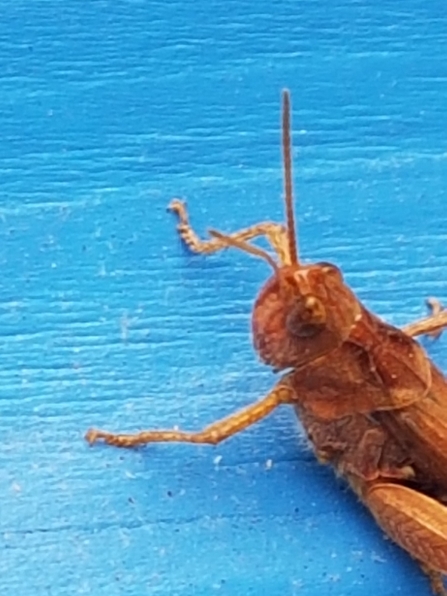It’s that time of year again when I download all my summer photos from my mobile phone to the computer. I took the above picture in my garden on a long, hot July afternoon during the great summer we enjoyed this year.
Today I have to be content with just bringing home snaps on my phone - not the actual samples of nature’s bounty which I did as a small boy.
My brother and I would bring home a wild assortment of trophies, with frogspawn and sticklebacks in jam jars consigned to the kitchen windowsill by mum. For frogs and larger specimens mum enforced a strict ‘return to the wild’ policy, insisting we take it back to “where you found it”. We’d smuggle it into our bedroom in match boxes: collections of ladybirds, caterpillars and half-dead insects - some escaping never to be found again.
My brother and I would bring home a wild assortment of trophies, with frogspawn and sticklebacks in jam jars
Of course all our kitchen curiosities would eventually die or even worse (from my mother’s point of view), start smelling of stagnant ponds. Oh, happy days! They would eventually disappear in a way that I didn’t discover until later, when a deceased goldfish was recycled!





